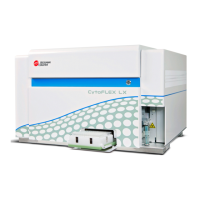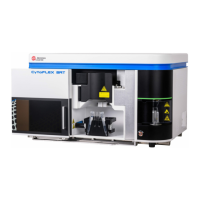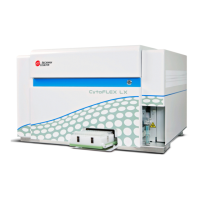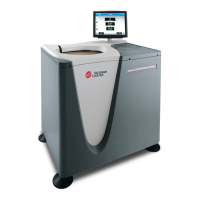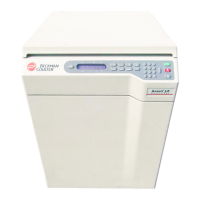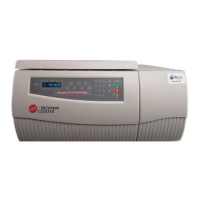PN 177196BB
7-27
DATA MANAGEMENT AND REVIEW
DATA ANALYSIS REVIEW - PLATELET PARAMETERS
7
7.6 DATA ANALYSIS REVIEW - PLATELET PARAMETERS
A Objectives
When you have completed this topic, you will be able to:
B List the individual parameters that comprise the PLT Profile.
B Identify which parameters in the PLT Profile are directly measured, derived from the Plt
histogram, or computed.
B Explain the purpose the of rinse flow system.
B Explain the process of building a PLT histogram.
B Explain the area of a typical PLT histogram used to determine the MPV parameter result.
B Explain the area of a typical PLT histogram used to determine the PDW parameter result.
B Describe a typical PLT histogram.
B Identify the flag that occurs when the PLT count results don’t agree.
B State the condition that generates an
SCL flag.
B When the
MIC flag is generated, explain how you can determine if the platelet count and
associated parameters are reliable.
B Demonstrate how to locate details concerning flags, interpretive messages, or analytical
alarms in the Online Help System or the Instructions for Use manual.
B References
1. Bulletin 9151: A
c
V Differential Technology and Case Studies.
2. In the Online Help System or the Instructions for Use manual, refer to:
r Heading 2.7 PARAMETER DEVELOPMENT.
r Heading 9.7 REVIEWING RESULTS.
r Heading 9.8 FLAGS AND MESSAGES GENERATED BY THE INSTRUMENT.
C Special Instructions
This topic is best covered in a classroom setting. Having a computer available to show where
this information is located in the Instructions for Use Manual is desirable.
D Topic Notes and Tasks
Plt Count
1. Plt parameters are obtained from the RBC/PLT dilution in RBC bath.
a. Final 1:10,000 dilution in RBC bath that is often referred to as RBC/PLT dilution.
b. RBC dilution contains red blood cells, white blood cells, and platelets.
c. Thresholds are used to separate platelet pulses, which are much smaller, from the
red and white blood cell pulses.
d. Rinse flow is used to keep particles from re-entering the sensing zone.
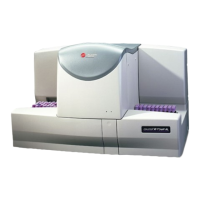
